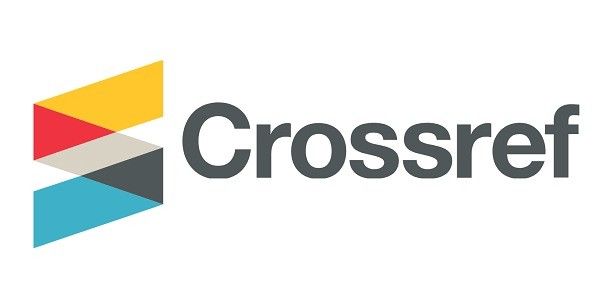Abstract
This investigation seeks to extend the discourse on interiority. I am an interior designer and, therefore, pose questions as they relate to design process, specifically that the concern regarding interiority is not necessarily something to design for, but as designers, it affects how and what we design. The presented cases are artistic explorations that provided an opportunity to interrogate interiority as it relates to my cognitive and creative process. Through an auto-ethnographic account, I present two acts of making. In the creation process, I interrogate meaning-making and perception that constitutes my subjective interiority, which can only be understood in context. Using Maurice Merleau-Ponty to inform perception and Alfred Gell’s art nexus theory, derived from Peircean semiotics, I demonstrate how decisions, or judgements, are informed by my subjective interiority that has been formed by contextual experiences. Additionally, I argue that to understand interiority, we must move from perceived dichotomies such as interior and exterior, public and private, or individual and collective to viewing interiority and exteriority as continuous wholes.
Publication Date
7-25-2023
References
Anderson, M., Deely, J., Krampen, M., Ransdell, J., Sebeok, T. A., & Von Uexkull, T. (1984). A semiotic perspective on the sciences: Steps toward a new paradigm. Semiotica, 52(1–2), 7–48.https://doi.org/10.1515/semi.1984.52.1-2.7
Atkin, A. (2013). Peirce’s theory of signs. In E. N. Zalta & U. Nodelman (Eds.), The Stanford encyclopedia of philosophy (Summer 2013). Metaphysics Research Lab, Stanford University.https://plato.stanford.edu/archives/sum2013/entries/peirce-semiotics/
Bock, P. K. (1999). Rethinking psychological anthropology: Continuity and change in the study of human action (2nd ed.). Waveland Press.
Fishman, C. (2007, July 1). Message in a bottle. Fast Company.https://www.fastcompany.com/59971/message-bottle
Gell, A. (1998). Art and agency: An anthropological theory. Clarendon Press.
Harvard GSD. (2016, April 26). Richard Sennett, "Interiors and interiority" [Video]. YouTube.https://www.youtube.com/watch?v=hVPjQhfJfKo
Marder, M. (2016). Dust. Bloomsbury Academic.
McCarthy, C. (2005). Toward a definition of interiority. Space and Culture, 8(2), 112–125.https://doi.org/10.1177/1206331205275020
Merleau-Ponty, M. (2012). Phenomenology of perception (D. A. Landes, Trans.). Routledge. (Original work published 1945)
Moorti, S., & Ross, K. (2002). The power of the veil: Reviews editors’ introduction. Feminist Media Studies, 2(2), 267–272. https://doi.org/10.1080/14680770220150908
Nelson, H. G., & Stolterman, E. (2012). The design way: Intentional change in an unpredictable world(2nd ed.). MIT Press.
Pimlott, M. (2018). Interiority and the conditions of interior. Interiority, 1(1), 5–20.https://doi.org/10.7454/in.v1i1.5
Rampley, M. (2005). Art history and cultural difference: Alfred Gell’s anthropology of art. Art History, 28(4), 524–551. https://doi.org/10.1111/j.1467-8365.2005.00475.x
Starr, M. (2021, June 12). This weirdly smart, creeping slime is redefining our understanding of intelligence. ScienceAlert. https://www.sciencealert.com/this-creeping-slime-is-changing-how-we-think-about-intelligence
Stoner, J. (2012). Toward a minor architecture. MIT Press.
Sullivan, G. (2005). Art practice as research: Inquiry in the visual arts. Sage Publications.
Tape Paris. (n.d.). Numen. Retrieved August 30, 2022, fromhttps://www.numen.eu/installations/tape/paris/
Teston, L. (2020). On the nature of public interiority. Interiority, 3(1), 61–82.https://doi.org/10.7454/in.v3i1.72
Yakin, H. S. M., & Totu, A. (2014). The semiotic perspectives of Peirce and Saussure: A brief comparative study. Procedia - Social and Behavioral Sciences, 155, 4–8.https://doi.org/10.1016/j.sbspro.2014.10.247
Submitted Date
2022-11-22
Accepted Date
2023-06-01
First Page
141
Last Page
158
Recommended Citation
Young, B. (2023). Interiority and Agency: Exploring Self in Context with Others in the Act of Creation. Interiority, 6 (2), 141-158. https://doi.org/10.7454/in.v6i2.272
Creative Commons License

This work is licensed under a Creative Commons Attribution-NonCommercial 4.0 International License
Author(s) retain the copyright of articles published in this journal, with first publication rights granted to Interiority.






